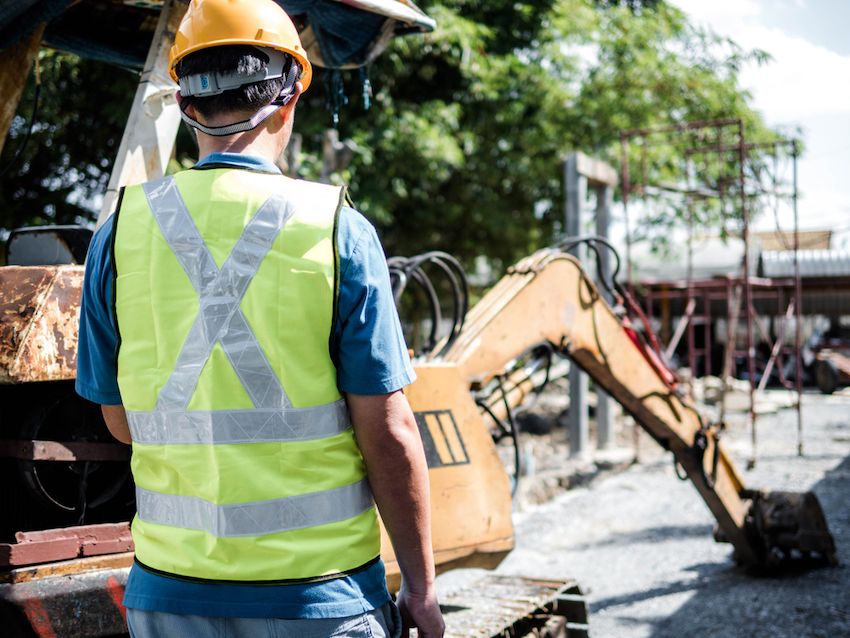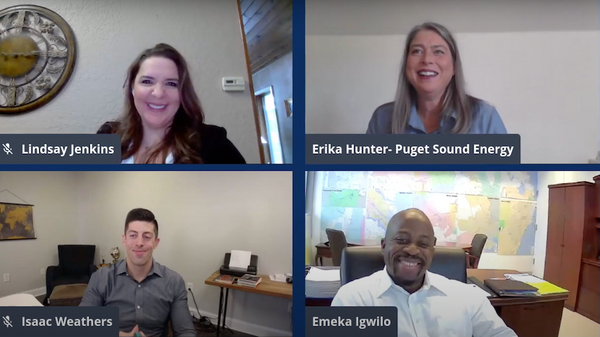Artificial intelligence in energy and utilities has become a noteworthy news item over the last few years, particularly in the natural gas industry.
Artificial intelligence is any human-like intelligence exhibited by a machine such as a computer. Machines receive data, analyze it, and produce an output similar to that of an intelligent human being. This might conjure images of fully functioning human-like robots popularized in science fiction media, but artificial intelligence technology is generally more inconspicuous—it’s Google auto filling your search query, or Netflix suggesting shows you might enjoy.
AI adoption is up 270 percent in just four years among global enterprises, according to Gartner. This surge is due, in large part, to the sudden availability of endless amounts of data. Data must be examined closely to find any kind of useful insights, and it must be processed quickly to act on any insights in a timely manner. Artificial intelligence helps humans work faster and make more informed decisions.
Gas utilities can apply artificial intelligence technology to help solve a number of business challenges. Here, we discuss how AI is enabling gas utilities to improve their infrastructure damage prevention efforts.
Using artificial intelligence in utilities industry for infrastructure damage prevention
Despite efforts otherwise, gas utilities have not been able to stop underground infrastructure damages. In fact, the total number of damages were up 4.5 percent from 2018 to 2019, according to the Common Ground Alliance’s 2019 DIRT Report.
There are two primary reasons for this. First, damage prevention teams are inundated with 811 tickets. It’s challenging enough to simply respond to all utility location requests, let alone to identify the highest risk excavations. Second, many excavators do not comply with state 811 laws. Failure to call 811 was the largest individual root cause of damage in 2019, accounting for 29 percent of total reported damages, according to the CGA. If a gas utility doesn’t know about excavations, they can’t mark their assets in an effort to prevent damage.
Urbint Lens for Damage Prevention is a software solution that leverages artificial intelligence technology to help solve these challenges. Urbint has a wealth of data about the external forces that surround and impact utility assets, including soil conditions, elevation, weather, population density, and construction. When a gas utility partners with Urbint to implement Urbint Lens for Damage Prevention, they provide internal data such as the age, type, and location of pipelines as well as their historical incident data. The software examines all of this information to find patterns.
As the gas utility receives new 811 tickets, Urbint Lens for Damage Prevention reviews excavation company names, the type of work being performed, locator information, and more and determines which excavations exhibit the patterns it found that are most likely to result in damage, or if an excavation accident would have severe consequences such as property destruction, injury, or fatalities. The software surfaces the highest risk tickets, so damage prevention teams can prioritize them for intervention, whether that’s a simple phone call to the excavator or sending a specialist on-site to oversee work.
Related: 4 Steps For Successful Field Interventions For Gas Utilities
Urbint Lens for Damage Prevention recognizes when field conditions change—for example, when a construction company with a history of excavation accidents improves its performance—and adjusts accordingly to continue surfacing the riskiest 811 tickets.
As for no call excavations, Urbint Lens for Damage Prevention is the only damage prevention solution that provides insights on where no call excavations are likely to occur. With this information, gas utilities can better target their 811 awareness campaigns or even urge local politicians to toughen penalties for excavators who repeatedly violate 811 laws.
Many of the largest gas utilities in North America have experienced fewer damages to their critical underground infrastructure after implementing Urbint Lens for Damage Prevention. National Grid, for example, reduced its damage rate in downstate New York from 1.6 damages per thousand in 2016 to 1.01 damages per thousand in 2020—a 37 percent improvement.
Read: National Grid Urbint Lens for Damage Prevention Case Study
Artificial intelligence is a transformative technology with vast potential in the natural gas industry. By implementing AI technology like Urbint Lens for Damage Prevention, gas utilities can better utilize the myriad of data they collect to address long-standing infrastructure challenges while continuing to provide safe, reliable, and affordable service to customers.
Visit the Urbint Lens for Damage Prevention webpage to learn more about this solution.

